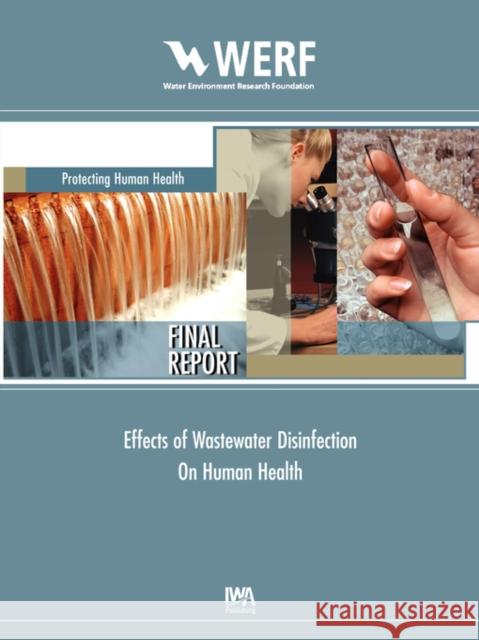Effects of Wastewater Disinfection on Human Health » książka
Effects of Wastewater Disinfection on Human Health
ISBN-13: 9781843396734 / Angielski / Miękka / 2005 / 247 str.
Wastewater disinfection is practiced with the goal of reducing risks of human exposure to pathogenic microorganisms. Ideally, this goal is to be met without introducing other risks, such as those that could be associated with disinfection by-products. The purpose of this research was to assess the effects of wastewater disinfection on human health. This assessment was conducted by examining two fundamental questions regarding the application of disinfection: 1. Should municipal wastewater effluents be disinfected prior to discharge?; and, 2. Under circumstances where disinfection is necessary, how should it be accomplished? Undisinfected effluent samples from a several municipal wastewater treatment facilities were collected for analysis. The facilities selected for sampling were chosen to represent a broad spectrum of effluent qualities. Facilities were selected to provide a broad spectrum of effluent quality, particularly as related to nitrogenous compounds. Samples were subjected to bench-scale disinfection under conditions that allowed compliance with relevant discharge regulations, and such that disinfectant exposures could be accurately quantified. Disinfectants applied in this research included chlorine and UV radiation. Disinfected samples were subjected to a battery of microbiological assays to assess the immediate and long-term effects of disinfectant exposure on bacteria and viruses.











